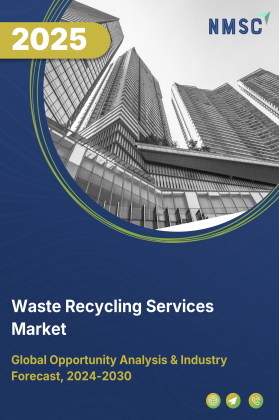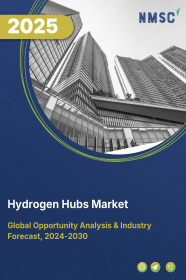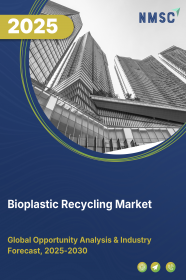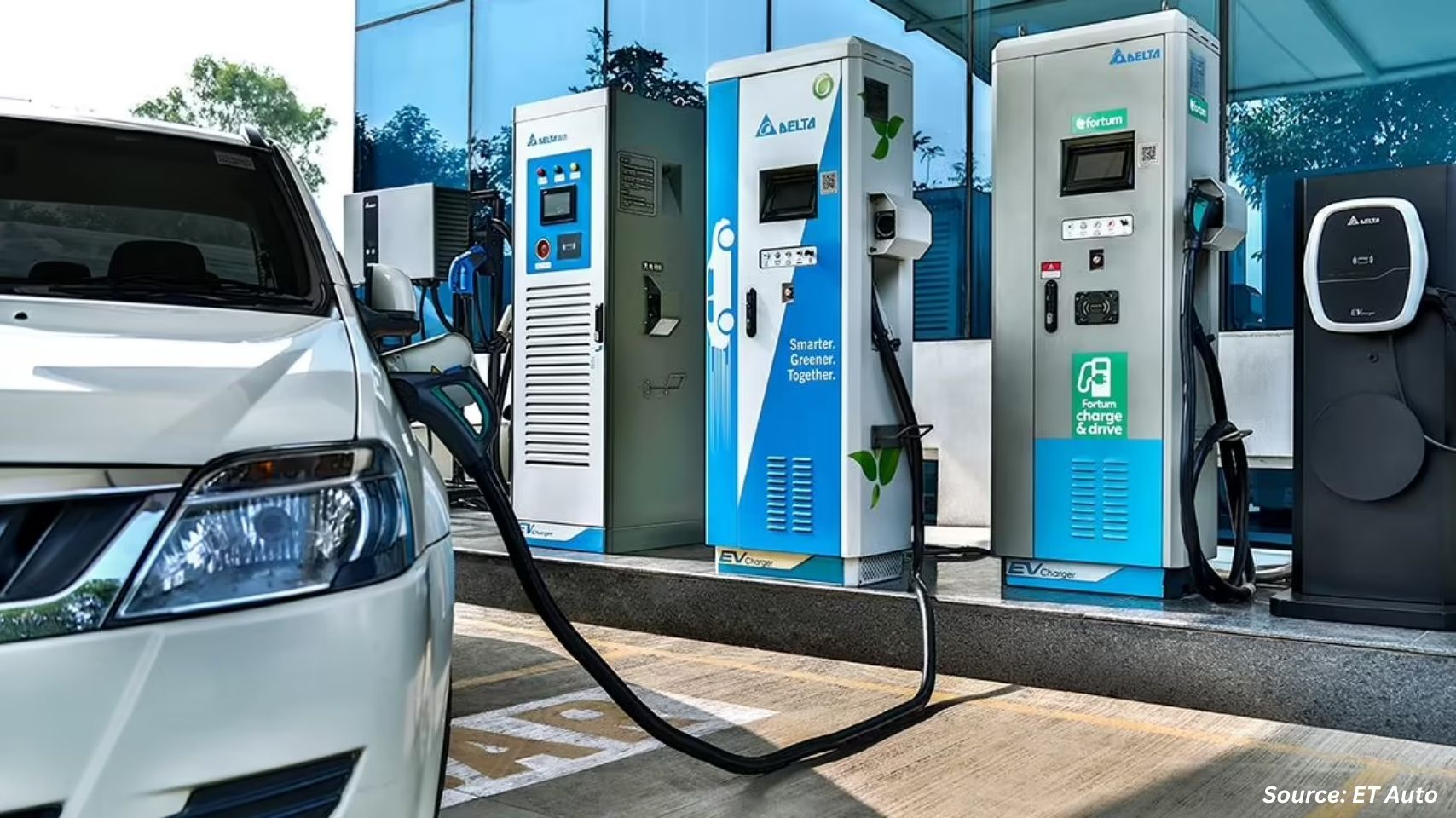
Renewable Energy Market by Energy Source (Solar, Wind, Hydro, Bioenergy, Geothermal, and Marine), by Ownership & Business Model (Independent Power Producers (IPPs), Utility‑Owned, Corporate Power Purchase Agreements (c‑PPAs), Community / Co‑operative Projects, and Lease/Rental & Pay‑as‑you‑go Models), by Technology (Generation Equipment, and Others), and by End User (Residential, and Commercial & Industrial (C&I)) - Global Opportunity Analysis and Industry Forecast, 2022–2030
Industry: Energy & Power | Publish Date: 21-Jul-2025 | No of Pages: 496 | No. of Tables: 334 | No. of Figures: 259 | Format: PDF | Report Code : EP509
Market Overview:
The global Renewable Energy Market size was valued at USD 856.08 billion in 2021, and is predicted to reach USD 2,025.94 billion by 2030, with a CAGR of 9.6% from 2022 to 2030.
Renewable energy is derived from natural sources that are replenished at a higher rate than they are consumed. There are various forms of renewable energy, deriving directly or indirectly from the sun or heat generated deep within the earth.
Renewable energy includes energy generated from solar, wind, geothermal, hydropower & ocean resources, solid biomass, and biogas and liquid biofuels. The efficiency of green energy widely depends on its availability and location, while some, such as geothermal are of great use in some locations and not in others, owing to accessibility.
Strengthening Policy Frameworks and Net-zero Commitments Accelerate Renewable Adoption
In 2025, governments worldwide are reinforcing their commitments to net-zero targets, significantly boosting the renewable energy sector. Over 140 countries, including major economies such as the U.S., China, India, Japan, and EU members, have set legally binding or officially declared carbon neutrality goals. To support these ambitions, they are implementing comprehensive policy frameworks—including production-linked incentives (PLIs), clean energy auctions, renewable energy mandates, and carbon pricing mechanisms.
These policies are not only encouraging utilities and developers to expand renewable portfolios but are also unlocking new markets for grid-scale battery storage, green hydrogen, and distributed energy systems. Moreover, decarbonization roadmaps for hard-to-abate sectors—such as steel, cement, and transport—are increasingly relying on clean power, further cementing the role of renewables in long-term energy planning. Public-private collaborations and funding mechanisms like climate transition bonds and green infrastructure banks are further amplifying deployment speed and project bankability.
Surging Investments And Global Supply Chain Diversification Fuel Market Expansion
Global investment in renewable energy continues to accelerate in 2025, with annual spending projected to surpass $2.3 trillion—marking a historic shift from fossil-based to clean energy systems. Solar PV and wind remain dominant, but energy storage, green hydrogen, and offshore wind are emerging as high-growth segments. In particular, China, the U.S., and the EU are scaling up manufacturing of solar modules, electrolyzers, and battery cells to reduce supply chain dependence and enhance domestic capacity.
Private sector involvement has grown sharply, driven by corporate decarbonization targets, ESG mandates, and shareholder activism. Technology companies, automotive OEMs, and heavy industries are signing long-term renewable power purchase agreements (PPAs), investing in on-site generation, and participating in virtual grid markets. Meanwhile, venture capital is flowing into cleantech startups focused on AI-driven energy management, advanced materials, and long-duration energy storage.
Together, these trends are creating a strong financial and industrial foundation for renewable energy to become the dominant energy source globally over the coming decades.
High Capital Costs, Supply Chain Pressures, and Grid Limitations Constrain Deployment
Despite strong momentum, the renewable energy market continues to face notable challenges—chief among them being high upfront capital requirements. Although the cost per kilowatt-hour of renewable generation has dropped substantially over the past decade, the total cost of large-scale deployment—including land acquisition, grid connection, storage systems, and supporting infrastructure—remains high, particularly in less-developed regions.
Further complicating matters, supply chain constraints have emerged as a bottleneck. While countries are working to diversify supply chains for solar panels, wind turbines, and batteries, raw material availability (such as lithium, cobalt, rare earth elements, and polysilicon) remains volatile, causing pricing and delivery fluctuations. In parallel, aging grid infrastructure in many regions is unable to accommodate the variability of renewable sources, creating curtailment issues and slowing integration.
Permitting delays, complex regulatory environments, and a lack of skilled labor are also holding back project execution, especially in emerging markets. These factors, combined with limited access to affordable and long-term financing, continue to act as barriers to universal adoption of renewables.
Rising Energy Demand and Technological Advancements Unlock Growth Potential
The growing global electricity demand—driven by industrialization, electric vehicle adoption, and digitalization—is creating strong opportunities for renewable energy expansion, especially in emerging markets. Simultaneously, the need to decarbonize hard-to-abate sectors is boosting demand for green electricity and renewable fuels.
Technological advancements in solar PV, offshore wind, battery storage, and AI-driven grid systems are improving efficiency, reducing costs, and enabling wider adoption. New financing models and policy support are also making renewable projects more viable, paving the way for large-scale deployment in the coming years.
Asia-Pacific currently dominates the renewable energy industry.
Asia-Pacific holds a share of the renewable energy market share, and is expected to continue its dominance during the forecast period. Asia-Pacific accounts for more than half of the global energy consumption with 85% of that regional consumption coming from fossil fuels. Demand for sustainable energy is on the rise, owing to rapid urbanization and industrialization and considerable opportunities exist to avoid long-term lock-in with carbon-based energy technologies.
In addition, primary drivers boosting the renewable energy industry include an increase in investments and initiatives by governments, favorable policies, and advancements in renewable energy technologies. For instance, in June 2021, the government of Japan announced transition from Feed-in-Tariff (FiT) to Feed-in-Premium (FiP), which started in April 2022. The new program allows renewable generators to sell electricity in the spot market at premium to wholesale prices. The change is designed to increase competition in the renewable space while lightening consumer cost burdens.
Moreover, the declining costs of solar modules and the versatility of these systems for various applications, including electricity generation and water heating foster market growth are further accelerating the growth of the market value. For instance, in December 2021, MNRE invited applications for the Expression of Interest in conducting an evaluation study of Phase II of the Grid Connected Rooftop Solar Program. The program is a part of the National Solar Mission, which aims at installing 40 GW capacity of grid-connected solar rooftop installation systems by 2022.
Europe witnesses’ substantial growth in the global renewable energy market.
Europe shows substantial growth in the global renewable energy market owing to significant demand for hydropower and onshore wind energy in the region. In addition, owing to advancements in technology, the cost has been reduced, which makes it an attractive option in terms of investment.
Also, various schemes offered by several governments in this region such as tax benefits to encourage the use of alternative and sustainable power sources are providing further impetus to the green energy industry growth. In July 2022, the government of the UK organized 4th round of contracts for difference, which delivered about 11GW of renewable energy capacity, enough green energy to power around 12 million British homes with clean, affordable, indigenous energy, reducing reliance on uncertain global prices.
Moreover, rising awareness regarding positive effects of green energy also propels the industry growth in this region. In addition, governments of several countries in this region are investing robustly in alternative and sustainable power sources to economize electricity and control environmental hazards, which propels the renewable energy industry growth. For instance, in September 2021, the government of Norway announced USD 9.1 million for developing hybrid hydropower and floating solar energy project led by Scatec. This project will be the first hybrid solar and hydropower plant in the world.
Competitive Landscape
The renewable energy market report includes several market players such as Orsted, Iberdrola, NextEra Energy Resources, Enel Green Power, ENGIE Renewables, EDP Renewables (EDPR), Brookfield Renewable, RWE Renewables, China Three Gorges Renewables, Longyuan Power, Adani Green Energy (AGEL), Innergex Renewable Energy, Acciona Energía, Northland Power, SSE Renewables, Vattenfall Renewables, Jinko Power, EDF Renewables, Mainstream Renewable Power, Scatec. These market players are adopting expansion of business across various regions to maintain their dominance in the global market.
For instance, in February 2025, Orsted announced a strategic revision to reduce its 2024–2030 investment plan by ~25% to strengthen its capital structure, while focusing on the most value-accretive growth opportunities and maintaining a self-funded investment approach.
In addition, in April 2025, NextEra Energy Resources reported a strong Q1 with adjusted earnings per share of USD 0.99, above analyst expectations. Added 3.2 GW of new renewable energy and storage to its project backlog, now totaling ~28 GW, amid strong demand growth from AI and data centers.
Renewable Energy Market Key Segments
By Energy Source
-
Solar
-
Photovoltaic
-
Concentrated Solar Power
-
-
Wind
-
Onshore
-
Offshore
-
-
Hydro
-
Large Hydro
-
Small Hydro
-
-
Bioenergy
-
Biofuels
-
Biogas
-
-
Geothermal
-
Hydrothermal
-
Enhanced Geothermal Systems (EGS)
-
-
Marine
-
Tidal
-
Wave
-
Ocean Thermal Energy Conversion (OTEC)
-
By Ownership & Business Model
-
Independent Power Producers (IPPs)
-
Utility‑Owned
-
Corporate Power Purchase Agreements (c‑PPAs)
-
Community / Co‑operative Projects
-
Lease/Rental & Pay‑as‑you‑go Models
By Technology
-
Generation Equipment
-
Balance of System (BoS)
-
Storage & Hybrid Solutions
-
Grid & Digitalization
By End User
-
Residential
-
Commercial & Industrial (C&I)
-
Power
-
Iron &Steel Industry
-
Chemicals
-
Oil, Gas, and Petrochemicals
-
Food & Beverage
-
Automotive
-
Others
By Region
-
North America
-
U.S
-
Canada
-
Mexico
-
-
Europe
-
UK
-
Germany
-
France
-
Italy
-
Spain
-
The Netherlands
-
Denmark
-
Finland
-
Norway
-
Sweden
-
Russia
-
Rest of Europe
-
-
Asia-Pacific
-
China
-
India
-
Japan
-
South Korea
-
Australia
-
Thailand
-
Singapore
-
Rest of Asia-Pacific
-
-
RoW
-
UAE
-
Saudi Arabia
-
South Africa
-
Brazil
-
Others
-
Key Players
-
Orsted
-
Iberdrola
-
NextEra Energy Resources
-
Enel Green Power
-
ENGIE Renewables
-
EDP Renewables (EDPR)
-
Brookfield Renewable
-
RWE Renewables
-
China Three Gorges Renewables
-
Longyuan Power
-
Adani Green Energy (AGEL)
-
Innergex Renewable Energy
-
Acciona Energía
-
Northland Power
-
SSE Renewables
-
Vattenfall Renewables
-
Jinko Power
-
EDF Renewables
-
Mainstream Renewable Power
-
Scatec
REPORT SCOPE AND SEGMENTATION:
|
Parameters |
Details |
|
Market Size in 2022 |
USD 971.7 Billion |
|
Revenue Forecast in 2030 |
USD 2,025.94 Billion |
|
Market Volume in 2022 |
8,699.04 |
|
Volume Forecast in 2030 |
23,666.25 |
|
Growth Rate |
CAGR of 9.6% % from 2022 to 2030 |
|
Analysis Period |
2021–2030 |
|
Base Year Considered |
2021 |
|
Forecast Period |
2022–2030 |
|
Market Size Estimation |
Billion (USD) |
|
Growth Factors |
Strengthening Policy Frameworks and Net-zero Commitments Accelerate Renewable Adoption |
|
Countries Covered |
26 |
|
Companies Profiled |
15 |
|
Market Share |
Available for 10 companies |
|
Customization Scope |
Free customization (equivalent up to 80 analysts working hours) after purchase. Addition or alteration to country, regional & segment scope. |
|
Pricing and Purchase Options |
Avail customized purchase options to meet your exact research needs. |




















 Speak to Our Analyst
Speak to Our Analyst

























